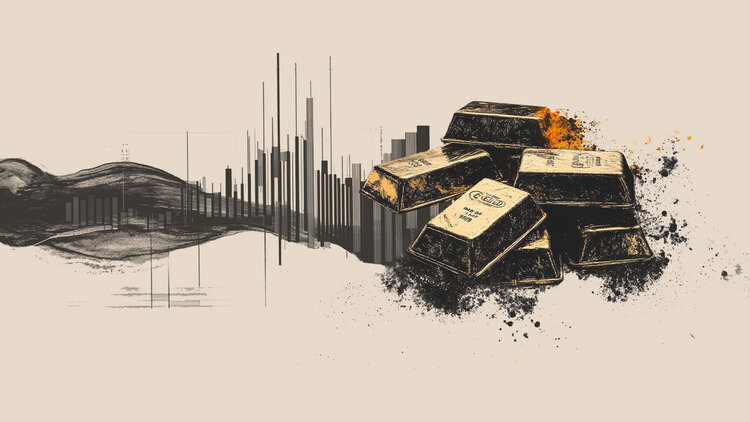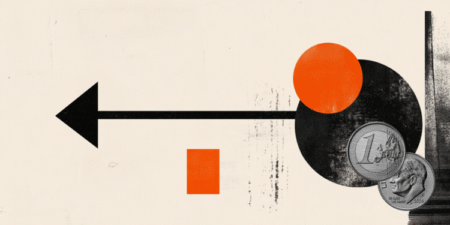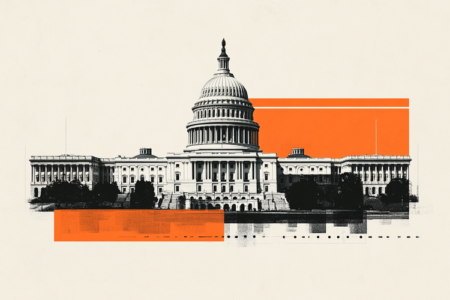- Gold price meets with a fresh supply on Monday amid the US-China trade deal optimism.
- A fall in China’s gold consumption and a modest USD uptick also weigh on the commodity.
- Trade-related uncertainties and Fed rate cut bets warrant caution for the XAU/USD bears.
Gold price (XAU/USD) maintains its offered tone through the Asian session on Monday and currently trades below the $3,300 round-figure mark, down 0.75% for the day. Despite mixed signals from the US and China, investors remain hopeful over the potential de-escalation of tensions between the world’s two largest economies. Moreover, a fall in China’s gold consumption in the first quarter of 2025 turns out to be a key factor undermining demand for the traditional safe-haven bullion.
Meanwhile, prospects for more aggressive policy easing by the Federal Reserve (Fed) fail to assist the US Dollar (USD) to build on last week’s strong recovery gains from a multi-year low – marking its first weekly gain since March. This, along with trade-related uncertainties and persistent geopolitical risks help limit further losses for the Gold price. Hence, it will be prudent to wait for strong follow-through selling before positioning for any meaningful corrective decline from the all-time peak.
Daily Digest Market Movers: Gold price bulls remain on the sidelines amid hopes for a potential US-China trade deal
- China has exempted some U.S. imports from its 125% tariffs imposed earlier this month in response to the 145% US tariffs on Chinese imports. This comes on top of US President Donald Trump’s reassertion that trade talks were underway with China and fuels hopes for a quick de-escalation of trade war between the world’s two largest economies.
- China has yet to confirm any exemptions and denies ongoing tariff talks. Meanwhile, Trump’s shifting announcements and global recession fears sustain demand for the safe-haven Gold price.
- The China Gold Association said on Monday that the country’s gold consumption fell 5.96% year-on-year to 290.492 tonnes in the first quarter of 2025. Moreover, high prices continued to curb demand for gold jewelry, which slumped 26.85% year-on-year to 134.531 tonnes. Meanwhile, consumption of gold bars and coins surged 29.81% to 138.018 tonnes.
- The US Dollar preserves last week’s recovery gains, though it lacks follow-through amid bets that the Federal Reserve will resume its rate-cutting cycle in June and lower borrowing costs by one full percentage point in 2025. Moreover, geopolitical risk remains in play amid the protracted Russia-Ukraine war, which limits losses for the precious metal.
- North Korea has confirmed for the first time that it has sent troops to fight in the Russia-Ukraine conflict. Trump urged Russia on Sunday to stop its attacks in Ukraine while US Secretary of State Marco Rubio said that the US might walk away from peace efforts if it does not see progress. This, in turn, warrants some caution for the XAU/USD bears.
- Investors this week will confront the release of key US macro data, including the JOLTS job openings report on Tuesday, US Personal Consumption Expenditures on Wednesday, and the non-farm payrolls (NFP) report on Friday. The data may provide more insight into the Fed’s policy outlook and provide some meaningful impetus to the commodity.
Gold price continues to show some resilience below the 38.2% Fibo. level; bears await weakness below $3,265-3,260
From a technical perspective, bearish traders need to wait for acceptance below the 38.2% Fibonacci retracement level of the latest leg up from the vicinity of mid-$2,900s, or the monthly swing low before placing fresh bets. Some follow-through selling below the $3,265-3,260 immediate support will confirm a breakdown and make the Gold price vulnerable to extend its recent corrective decline from the $3,500 psychological mark, or the all-time peak. The subsequent downfall could drag the precious metal to the 50% retracement level, around the $3,225 region, en route to the $3,200 mark. A convincing break below the latter will suggest that the commodity has topped out in the near term.
On the flip side, attempted recovery back above the $3,300 mark might confront some resistance near the Asian session high, around the $3,331-3,332 region. Any further move up might still be seen as a selling opportunity and remain capped near the $3,366-3,368 supply zone. The latter should act as a key pivotal point, which if cleared decisively should allow the Gold price to reclaim the $3,400 mark. The momentum could extend further toward the $3,425-3,427 intermediate hurdle before bulls make a fresh attempt to conquer the $3,500 psychological mark.
US-China Trade War FAQs
Generally speaking, a trade war is an economic conflict between two or more countries due to extreme protectionism on one end. It implies the creation of trade barriers, such as tariffs, which result in counter-barriers, escalating import costs, and hence the cost of living.
An economic conflict between the United States (US) and China began early in 2018, when President Donald Trump set trade barriers on China, claiming unfair commercial practices and intellectual property theft from the Asian giant. China took retaliatory action, imposing tariffs on multiple US goods, such as automobiles and soybeans. Tensions escalated until the two countries signed the US-China Phase One trade deal in January 2020. The agreement required structural reforms and other changes to China’s economic and trade regime and pretended to restore stability and trust between the two nations. However, the Coronavirus pandemic took the focus out of the conflict. Yet, it is worth mentioning that President Joe Biden, who took office after Trump, kept tariffs in place and even added some additional levies.
The return of Donald Trump to the White House as the 47th US President has sparked a fresh wave of tensions between the two countries. During the 2024 election campaign, Trump pledged to impose 60% tariffs on China once he returned to office, which he did on January 20, 2025. With Trump back, the US-China trade war is meant to resume where it was left, with tit-for-tat policies affecting the global economic landscape amid disruptions in global supply chains, resulting in a reduction in spending, particularly investment, and directly feeding into the Consumer Price Index inflation.
Read the full article here
















